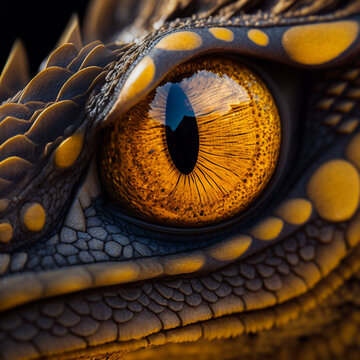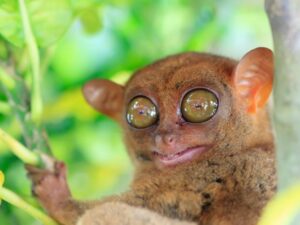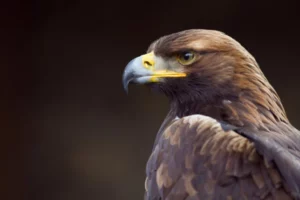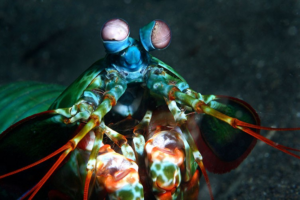Nature’s Most Interesting Eyes

The animal kingdom is home to an incredible array of creatures with unique abilities, and one area where this is particularly evident is in the realm of vision. Here are some animals with fascinating vision you might not have known about.
#1 The Tarsier

The tarsier is a small, nocturnal primate that lives in Southeast Asia. Its large, round eyes are some of the largest of any mammal relative to its body size. This gives the tarsier incredible night vision, allowing it to navigate and hunt in the dark. But what’s truly fascinating about the tarsier’s eyes is their unique structure. Unlike most mammals, the tarsier’s eyes are fixed in their sockets and cannot move. Instead, the tarsier can rotate its head nearly 180 degrees, giving it an unparalleled field of vision. It’s the only primate with eyes that are adapted to be so large and immobile, making it a unique and fascinating creature to study.
#2 The Eagle

The eagle is known for its keen eyesight, which allows it to spot prey from great distances. What makes the eagle’s vision so remarkable is its ability to see in detail, even from high altitudes. Eagles have specialized eyes that contain a high density of cone cells, which allow them to see a wider range of colors and perceive fine details. They can also adjust the curvature of their eye lens to sharpen their focus, allowing them to see prey up to 2 miles away. But the eagle’s visual acuity doesn’t stop there. They also have a fovea, a small area of the retina with a high concentration of cones, giving them incredibly sharp vision. This allows them to see small prey like rodents and fish from great heights and make precise calculations for hunting.
#3 The Bee

Bees have a remarkable ability to detect polarized light, which plays a crucial role in their navigation and foraging behaviors. Unlike humans, who can only see a small portion of the electromagnetic spectrum, bees have specialized cells in their eyes called ommatidia that allow them to detect the orientation of polarized light waves. By using polarized light, bees are able to navigate in a straight line even on cloudy days. They also use this ability to distinguish between different types of flowers based on the pattern of the polarized light they reflect. This enables bees to identify the most nectar-rich flowers, even in complex environments. The ability to perceive polarized light is not unique to bees, but their proficiency in using it makes them an important organism for studying this fascinating aspect of visual perception.
#4 The Mantis Shrimp

Our personal favorite on the list, this crustacean has some of the most complex eyes of any known animal. The mantis shrimp has an astounding 16 color receptors, compared to just 3 in humans. Their eyes can detect polarized light, which allows them to see and distinguish objects that are invisible to other animals. Mantis shrimp can see in both the ultraviolet and infrared parts of the spectrum, giving them a more complete view of their surroundings. Their eyes are also incredibly fast, allowing them to track fast-moving prey with incredible accuracy and strike with deadly force. They can perceive depth with one eye and move each eye independently. While it’s impossible to imagine everything that mantis shrimp can see, it is incredible to think about.
These 4 animals are just a handful of some of the amazing examples of unique vision in nature. If you think there’s a creature that should be on this list, we would love to know about it!





